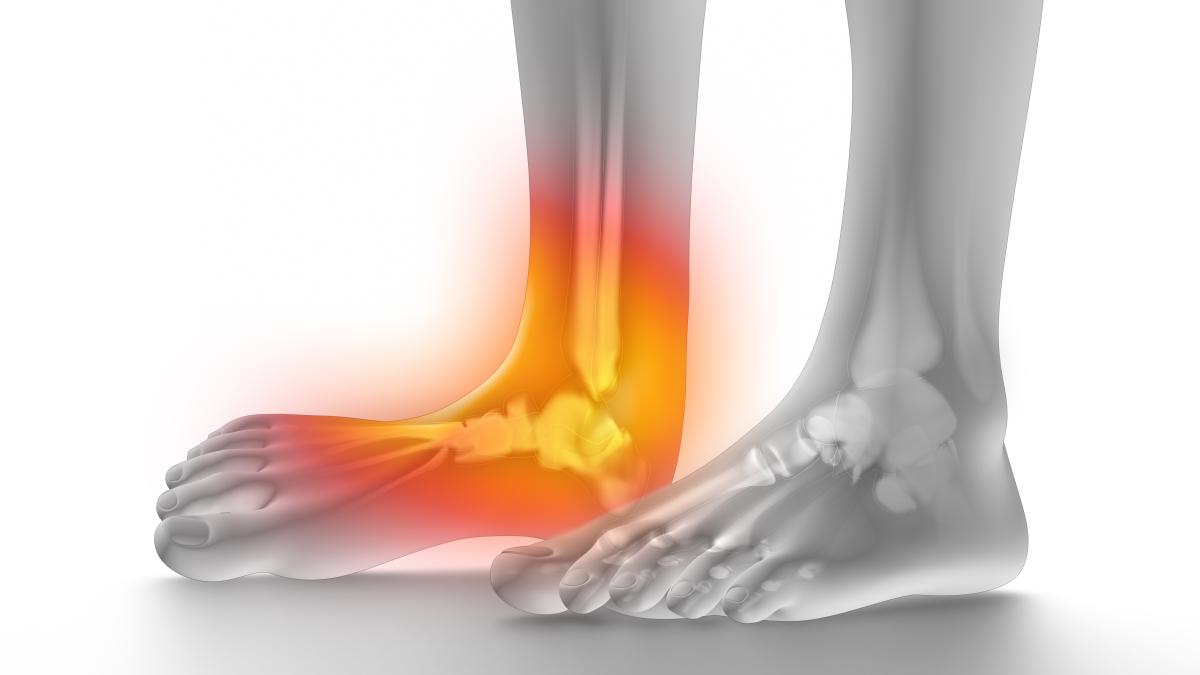Ankle instability is a common problem that can develop after repeated acute ankle sprains. It can significantly lower the quality of day-to-day life. Therefore, it is crucial to find an effective way of managing the problem. A health specialist will help you to develop an effective plan to improve your condition.
Conservative approach
In the first place, patients with chronic ankle instability are recommended to follow a nonsurgical approach for at least the first 2-month period. This rehabilitation phase should include physiotherapy. It involves various exercises and treatments to strengthen the ankle, also improve balance and range of motion, as well as retrain your muscles. Neuromuscular and proprioceptive (related to sensing movements and body position) training are also highly recommended during that period.
In addition, some patients use an ankle brace that supports the ankle and keeps it from turning. Bracing helps avoid additional ankle sprains. Some nonsteroidal anti-inflammatory drugs, such as ibuprofen, may be prescribed to reduce pain and inflammation.
Surgical approach
When a conservative approach fails to improve the symptoms of ankle instability, surgery should be considered as the next option. Surgical procedures for chronically unstable ankles include anatomic repair, anatomic reconstruction, and nonanatomic reconstruction.
Anatomic repairs have shown good results in 85% of patients. However, people with long-standing ankle instability, poor tissue, or ligaments laxity did not have much improvement. Therefore, they are recommended to consider anatomic and nonanatomic ankle reconstruction methods. In the case of anatomic repairing, the injured ligaments are fixed by applying tendon grafts or local tissues. It preserves native ankle anatomy and normal joint movement. Broström procedure is the most common among the others. It has returned ankle stability in about 85–90% of the patients.
In nonanatomic reconstruction, the ankle is stabilized without repair of injured ligaments. It is done by recreating the ankle support using tissue that does not follow the physiological orientation of native ligaments. Examples of nonanatomic reconstructions include Evans, Watson-Jones, and Chrisman-Snook procedures. However, anatomic reconstruction is highly preferred over nonanatomic because the latter limits motion and leads to the development of early arthritis.
Ankle surgery recovery
Postoperative protocols depend on the specific reconstruction method performed. Usually, they start with an initial 2 to 6 week period of immobilization to avoid stress on the repaired tissue. Rehabilitative exercises begin after this initial period and focus on restoring ankle range of motion. When the desired effect is achieved, it is time for proprioceptive and strength training.
Such protocols may vary from surgeon to surgeon. It is essential to follow the instructions of a medical professional to have a fast and safe recovery process after the ankle instability surgery.
















Leave a Reply
You must be logged in to post a comment.